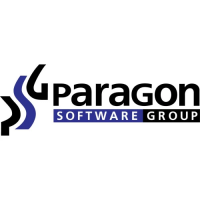Copyright 2021 © Paragon Tank Truck Equipment
•
Ensure Discharge Flange is torqued to 30 lb/ft when installed.
•
Ensure all delivery pipework is free from weld beads, foreign metal, and debris.
•
Ensure all pipework components are capable of withstanding discharge temperatures and pressures.
•
Ensure the Pressure Relief Valve is mounted as close as possible to the blower discharge.
Note:
Pressure Relief Valves need to be checked weekly and replaced periodically; these must be placed in a
serviceable location.
•
If a Silencer or Check Valve is installed, ensure it is sized for the proper CFM range.
•
Ensure these are mounted downstream of the Pressure Relief Valves.
Note:
Check Valves will protect the equipment from back flow of product. These must be inspected and replaced periodically.
•
Ensure a Vacuum Relief Valve is used if any equipment will be used for vacuum duty of any kind.
-
Ensure Vacuum Relief Valve is sized for the correct CFM.
-
Ensure Vacuum Relief Valve rating does not exceed 15 inHg.
-
A Vacuum Relief Valve should be positioned between the filter outlet and P657 Inlet Flange.
Suction (Inlet) Equipment
•
Ensure the Inlet flange is torqued to 30 lb/ft.
•
Ensure the Air Filter is sized for the correct airflow (CFMs) operating range of the blower.
•
Ensure the Air Filter is mounted as far from any heat sources as possible.
An undersized filter will cause damage to the equipment (overheating)
The filter should not exceed 17 inches of water restriction.
•
Inlet Pipework should be free of weld beads, foreign metal, and debris before installing.
•
For vacuum applications all rubber elbows must have reinforcement to prevent collapsing during normal operations.
If operating under vacuum a Vacuum Relief Valve should be installed.
Delivery Discharge Pipework

